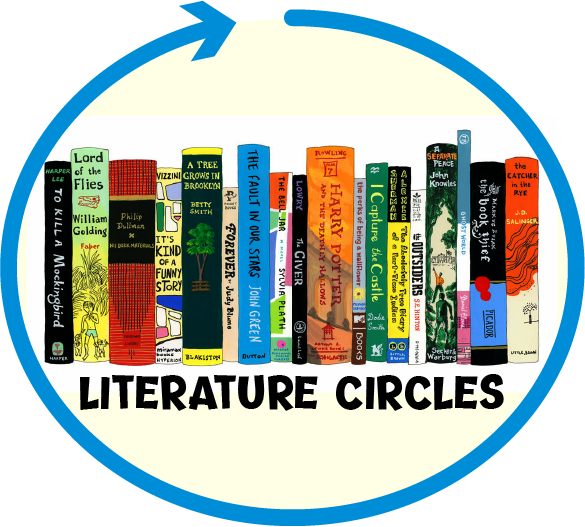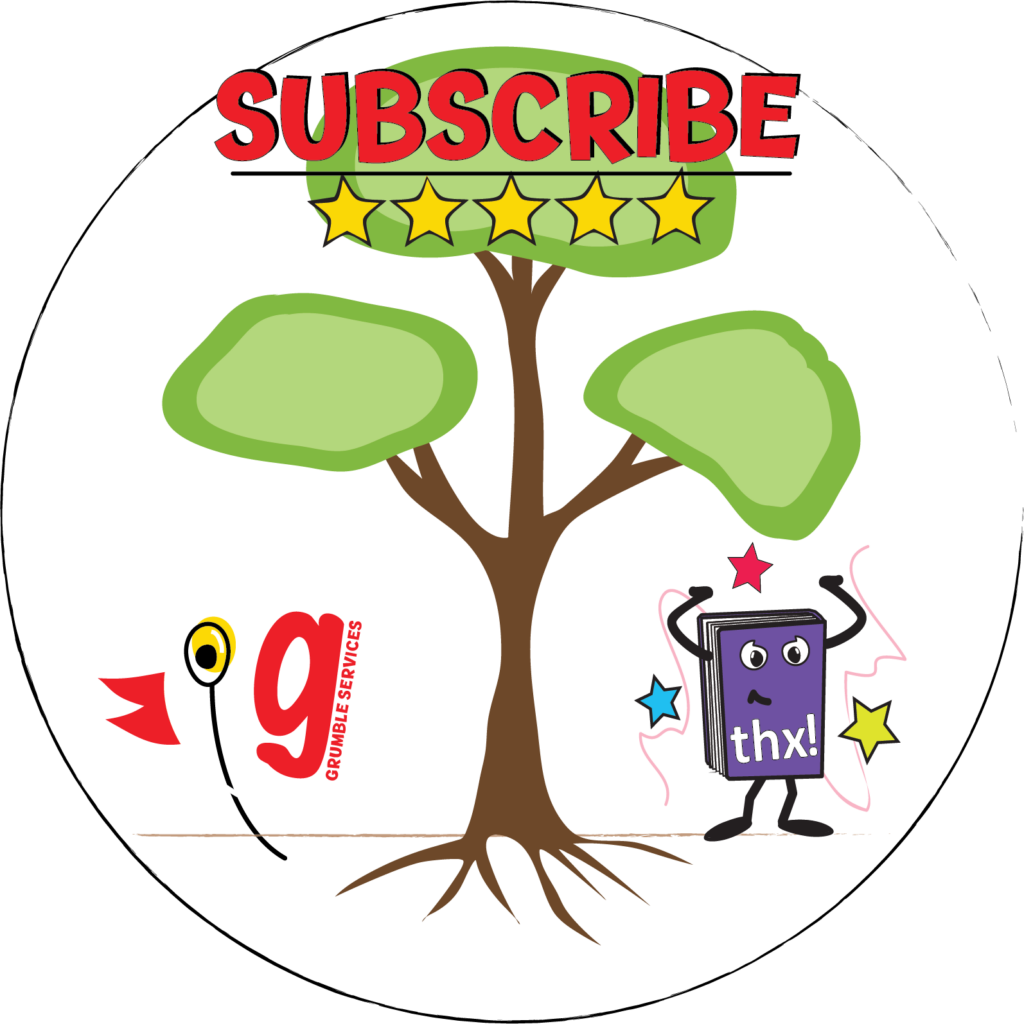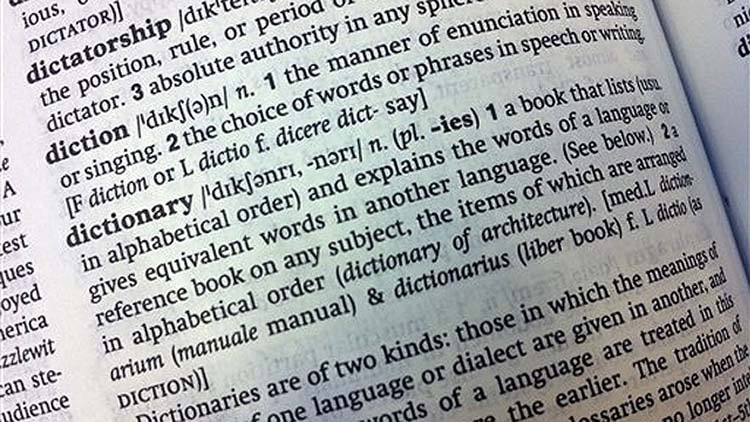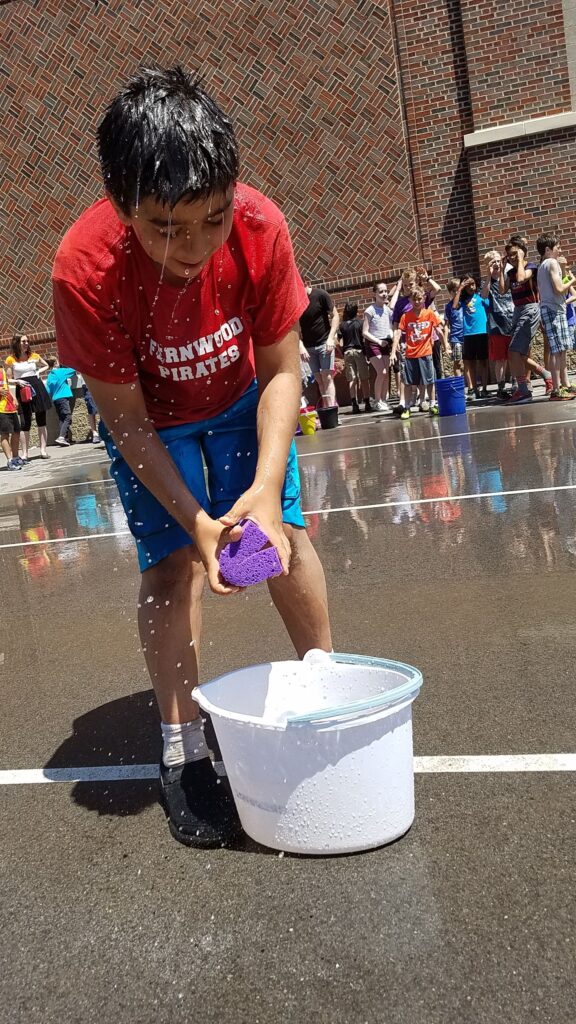How to Encourage Reluctant Readers:
Literature Circles
Literature Circles are a lot like Writing Circles. Students do not need to join them with anything prepared ahead of time. Each group can have a variety of reading levels. Therefore, groups can be randomly assigned. The idea is for students to get excited to read what their peers are reading. And, with some practice, to get excited to share their own reading!
Students need to simply choose a challenging book based on their own reading level. They will be asked to answer a higher level reading question about their book. I give the kids that week’s discussion question in advance. This is to encourage them to start thinking about how to answer in the context of what they are reading.

Each student takes a turn discussing the literature they have read or are reading. The literature can be fiction or nonfiction. Novels, challenging chapter books, magazines, kindles/nooks, or research books can be used.
What Literature Circles Look Like
Students gather in a circle with their books. They are provided a question or a set of questions they can discuss with one another about their reading. When they become familiar with the process, they can generate their own questions.
One student begins, stating the title and author of their book. Next, the student gives a brief summary or tells the sequence of the story or article they are reading. They can report on part of the book if they’re not finished reading it.
When the student completes their summary, the other students ask questions about what student reported on. Usually 2-3 questions are asked and answered. This process continues until all students have had a turn. I advise about 5 minutes per person.
Before each literature circle, students are reminded of the listening and speaking rules during classroom activities. My class call this ‘active listening.’
Active listening refers to a pattern of listening. This pattern keeps us engaged with our conversation partner in a positive way. Therefore, it is the process of listening attentively while someone else speaks. This includes paraphrasing and reflecting what is said and withholding judgment and advice.
That’s a tall order! But the payoff is worth it. When we practice active listening, we make the other person feel heard and valued. In this way, active listening is the foundation for any successful conversation.
How to Choose a Challenging Chapter Book
If your child is having a difficult time choosing a challenging chapter book, a list of suggestions can be found here:
A collaboration of Upper Elementary Montessori Teachers composed this list over multiple years. The books are roughly ordered by increasing difficulty. Titles at the top of each section are books known to interest the picky or timid reader.
The more practice the students have in Literature Circles, the more in depth their discussions become throughout the year.
I didn’t always consider myself to be an effective writer. In fact, to the contrary. Like most of us, I too continue to carry writing scars inflicted at earlier ages. Over the years, I have found ways to help heal myself as best I can. In time and with proper guidance, I have encouraged myself to look at writing as a highly cathartic act. I also try to engage in it daily. With soft encouragement, low risk creative writing can become a part of your student’s every day, too.
.
Do you have thoughts on Literature Circles? Do you have a suggestion for another blog topic? Please send me an email with your ideas or experiences at grumble.services@gmail.com.
If you find this article helpful, please share it. Or better yet, please join us if you have yet to do so. Subscribe below and receive articles like this one in your email box weekly. Thank you!
Read More: Comprehension Thinking Strategies
All Rights Reserved • © 2021 Grumble Services LLC • grumbleservices.com

References and Read More:



